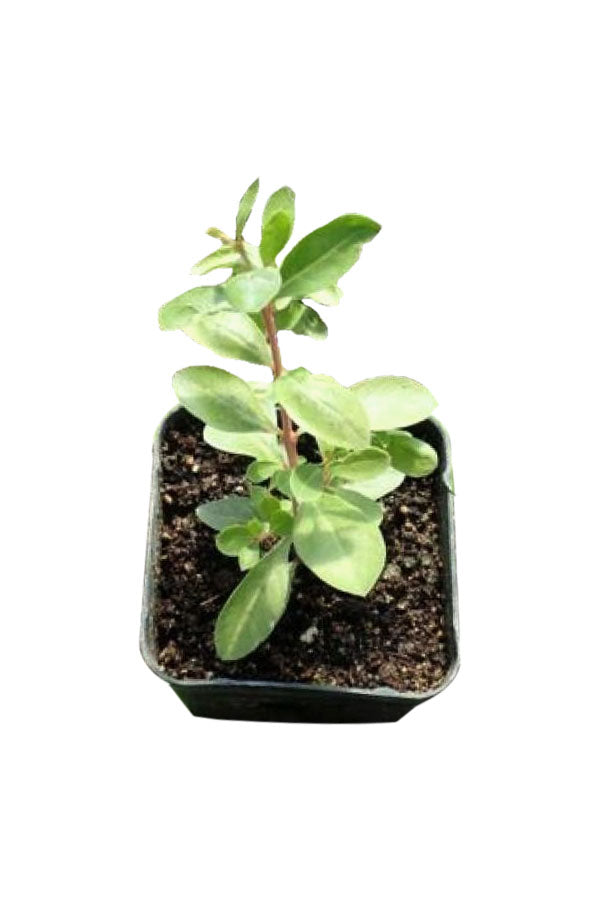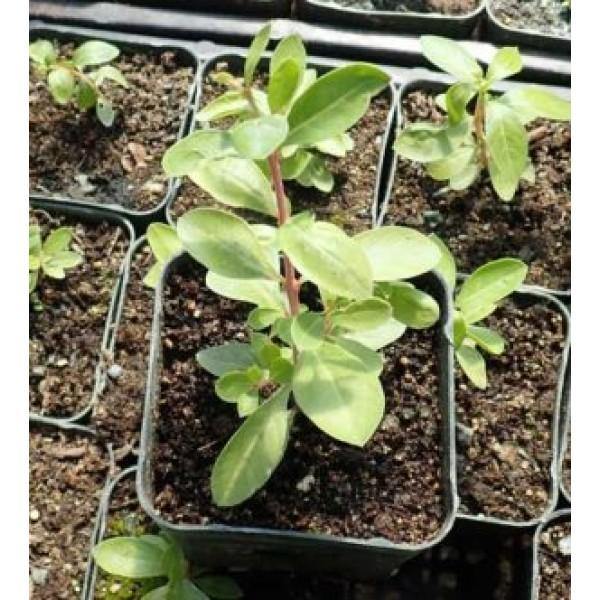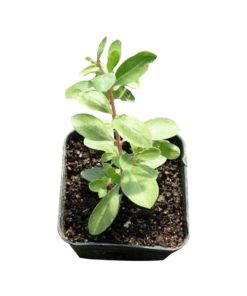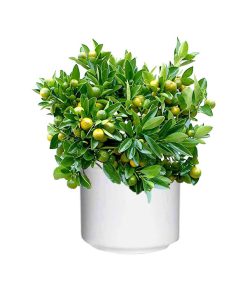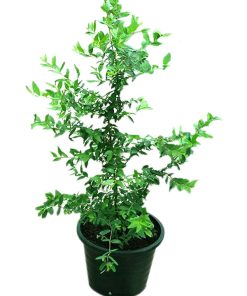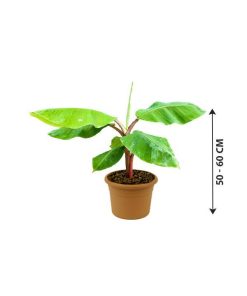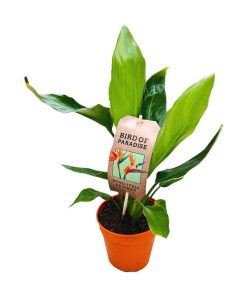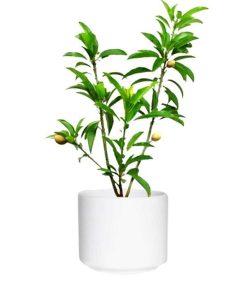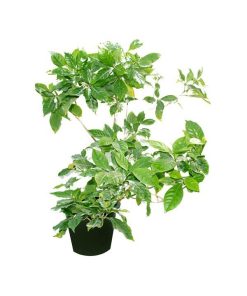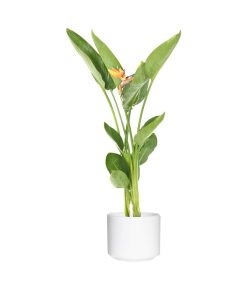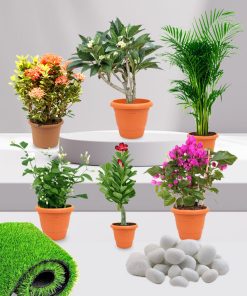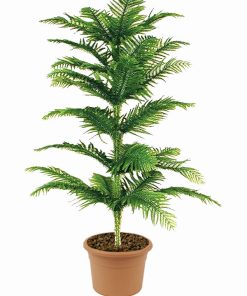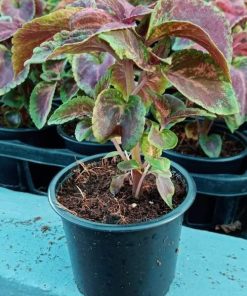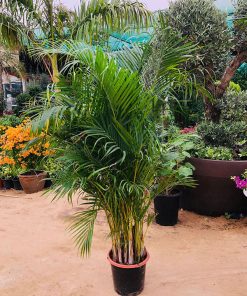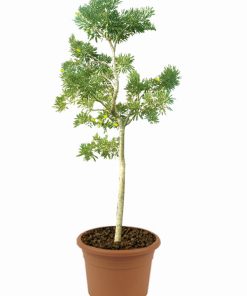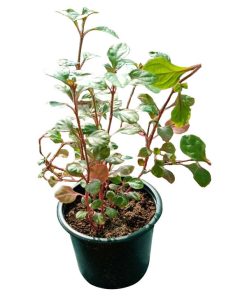Henna Plant – Lawsonia Inermis-Mehandi Plant – Outdoor Plant Plantsworld.ae
د.إ 49,00 د.إ 29,40
Ornamental features of Mehandi plant.
- Henna Plant (Lawsonia Inermis) Aka Mehandi plant is a middle-sized shrub or small tree that contains many branches. These multi-branched spines tipped branchlets contain glabrous elliptical leaves that generally grow opposite each other on the stem. This plant possesses small fragrant flowers, of white or pink color. And these flowers are of four sepals and petals which are ovate shaped with red stamens. These usually emerge in pairs on the rim of the calyx tube. Mehandi plant (or Henna Plant) seems relevant as a fence or hedge plant.
Traditions have been using Mehandi plants for cosmetic or medicinal purposes.
- Their leaves have been used for many generations, especially in India as cosmetic ingredients and hair dye. And their bark and root has also been used as a treatment for jaundice, fungal infections and for liver enlargement.
It’s an Easy to care plant.
- Mehandi plants require direct bright sunlight daily for more than 6 hours. Water them only after checking the dryness of the topsoil (2.5 – 5 cm). Water them thoroughly during summer and gradually reduce during winter and rainy seasons. The soil on which they are supposed to be planted must be well drained, fertile and rich with organic contents. In terms of feeding use organic fertilizers.
It’s not a Pet-friendly plant.
- Mehandi plant (or Henna Plant) is toxic if ingested. Signs of gastrointestinal and renal tubular dysfunctions have been reported.
Prompt Plant Delivery.
- Plants World is an exclusive plant shop among Dubai garden centres, that will get your plant delivery to your door steps with free plastic pots for plants. Mehandi plant (or Henna Plant) could also be presented as eco-friendly gifts or green giftings to any enthusiastic green thumb individuals.
| Size | 50-60cm |
|---|
Fast Shipping & Professional Packing
We are able offer many shipping options thanks to our long-term partnership with UPS FedEx DHL. Our warehouse staff is highly educated to pack your items exactly as per the specifications we offer. Your items will undergo an extensive inspection and will be securely secured prior to being delivered. We ship to thousands clients every day in a variety of countries. This shows our commitment to becoming the biggest retailer online in the world. The distribution centers and warehouses distribution are in Europe, as well as the USA.
Orders with more than one item are assigned processing times for each item.
We will thoroughly inspect all products before they are shipped. The majority of orders will be shipped within 48 hours. Delivery is expected to take between 3 and 7 days.
Returns
Stock is dynamic. It's not completely managed by us since we are involved with multiple parties such as the factory and the storage. So the actual stock may alter at any time. Please understand it may happen that your order will be out of stock once your order has been made.
Our policy is valid for 30 days. If you don't receive the product within the 30 days period, we're not able to issue the option of a refund or exchange.
The item cannot be used and in the original packaging. The item must be in its original packaging.
Related products
Outdoor Plant
Outdoor Plant
Outdoor Plant
Outdoor Plant
Outdoor Plant
Outdoor Plant
Outdoor Plant
Outdoor Plant
Outdoor Plant
Outdoor Plant
Outdoor Plant
Outdoor Plant
Outdoor Plant
Outdoor Plant
Outdoor Plant
Outdoor Plant
